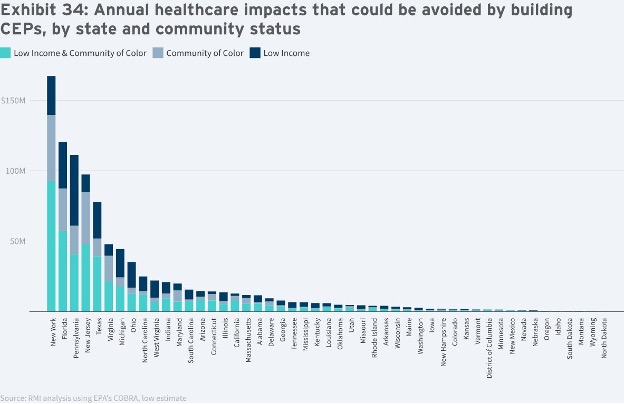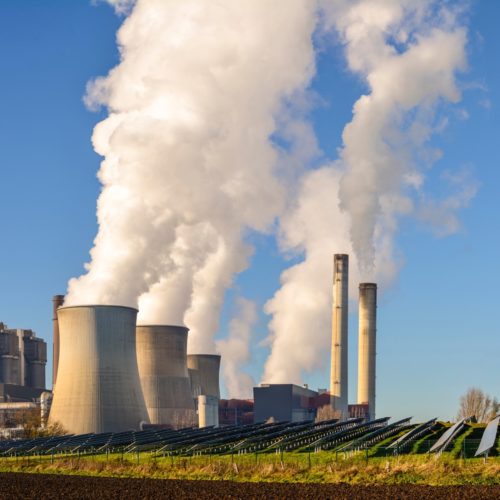
Reality Check: US Renewable Energy Portfolios Can Outcompete New Gas Plants
As coal plants shut down across the United States, there is a pervasive belief that gas is the necessary “bridge” to a low-carbon grid. As of late 2021, utilities and other investors are anticipating investing more than $50 billion in new gas power plants over the next decade. However, currently available renewable energy technologies are often cheaper than gas.
In fact, a recent RMI report found that clean energy portfolios—combinations of renewable energy, efficiency, demand response, and battery storage—are a cheaper option than more than 80 percent of gas plants proposed to enter service by 2030. At least 70 GW of proposed gas plants could be economically avoided with cleaner alternatives, saving $22 billion and 873 million metric tons of CO2 over project lifetimes. This is the equivalent of taking more than 9 million vehicles off the road each year.
Already, more than half of gas plants proposed to come online in the past two years have been canceled before construction began:
For example, in New Mexico, the Public Service Company (PNM) is planning to retire the coal-powered San Juan Generating Station in 2022. To replace capacity, PNM proposed a 280 MW gas plant, the Piñon Energy Center, along with solar and storage projects. However, stakeholders pushed back on the plan, and in July 2020, the commission approved an alternate 100 percent renewable and storage replacement for San Juan based on costs, economic development, and New Mexico energy law.
And in Maryland, the Mattawoman Generating Station—a 990 MW gas plant—was approved in 2015 in a majority-Black community of Prince George’s County. However, due to economics (clean energy portfolios became cheaper than the proposed gas plant in 2018), a federal civil rights complaint, and pipeline cancellations, the project was declared no longer feasible, and was canceled in January 2021.
Replacing all of the proposed power needs with clean, renewable power also has other benefits, based on RMI’s report. It creates 20 percent more job-years, mostly in construction and manufacturing, and would prevent $1.6 billion to $3.7 billion in health impacts each year compared with fossil alternatives. And many of these job and health impacts will be found in low-income communities and communities of color.
Today, even more risks are emerging making renewables an obvious choice. Declining renewable energy costs, rising gas prices, pollution-regulating policies, and more all threaten the viability of new gas projects.
As utilities and investors look to invest more than $50 billion in new gas plants over the next decade, we must remember that the bridge to a clean energy future is already here and that long-term investments should take stock of the staying power of renewable energy portfolios. Fortunately, leading examples from across the country demonstrate that this decade is the time to invest in renewables—for our economy, our health, and our communities.


